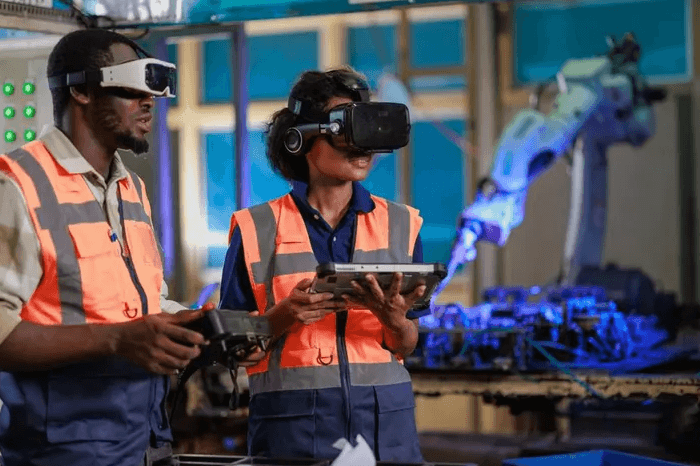The Evolution of Smartphones: From Basic Phones to Supercomputers
The evolution of smartphones marks a significant technological shift over the past few decades. What began as basic communication tools have transformed into multifunctional devices capable of performing complex tasks. This advancement is largely attributed to innovations such as touchscreens and app ecosystems. As smartphones continue to integrate emerging technologies, their role in daily life is expected to expand even further. What implications might these developments hold for future interactions and productivity?
The Birth of the Smartphone: Early Innovations and Features
Although the concept of a smartphone might seem modern, its origins trace back to the early 1990s, when pioneering innovations began to redefine mobile communication.
Devices like the IBM Simon introduced features such as touchscreens and email capabilities, showcasing innovative design.
These early smartphones laid the groundwork for future advancements, merging functionality and portability, ultimately empowering users to communicate freely and efficiently.
See also: The Environmental Impact of the Tech Industry
The Rise of Touchscreens and App Ecosystems
The evolution of smartphones took a significant leap with the introduction of touchscreens, fundamentally altering user interaction and engagement.
Touchscreen technology facilitated intuitive navigation, empowering users with immediate access to information. This shift paved the way for a thriving app ecosystem, encouraging rapid app development and a plethora of functionalities.
Consequently, smartphones transformed into indispensable tools, enhancing productivity and enriching daily life experiences.
The Future of Smartphones: Trends and Predictions
As technology continues to advance at an unprecedented pace, the future of smartphones promises to be shaped by innovations in artificial intelligence, augmented reality, and foldable designs.
Enhanced 5G capabilities will enable seamless connectivity, while AI integration will personalize user experiences.
Furthermore, significant battery advancements are expected, allowing devices to support more powerful features and extended usage, ultimately redefining how individuals interact with technology.
Conclusion
In a twist of fate, the very devices designed to simplify our lives have woven themselves into the fabric of our daily existence, often complicating it instead. As smartphones evolve into ever more powerful supercomputers, they paradoxically tether us to a virtual world while promising enhanced productivity and connectivity. The irony lies in the notion that in our quest for convenience, we may have traded genuine human interaction for a relentless stream of digital notifications, shaping a future that is as complex as it is convenient.


